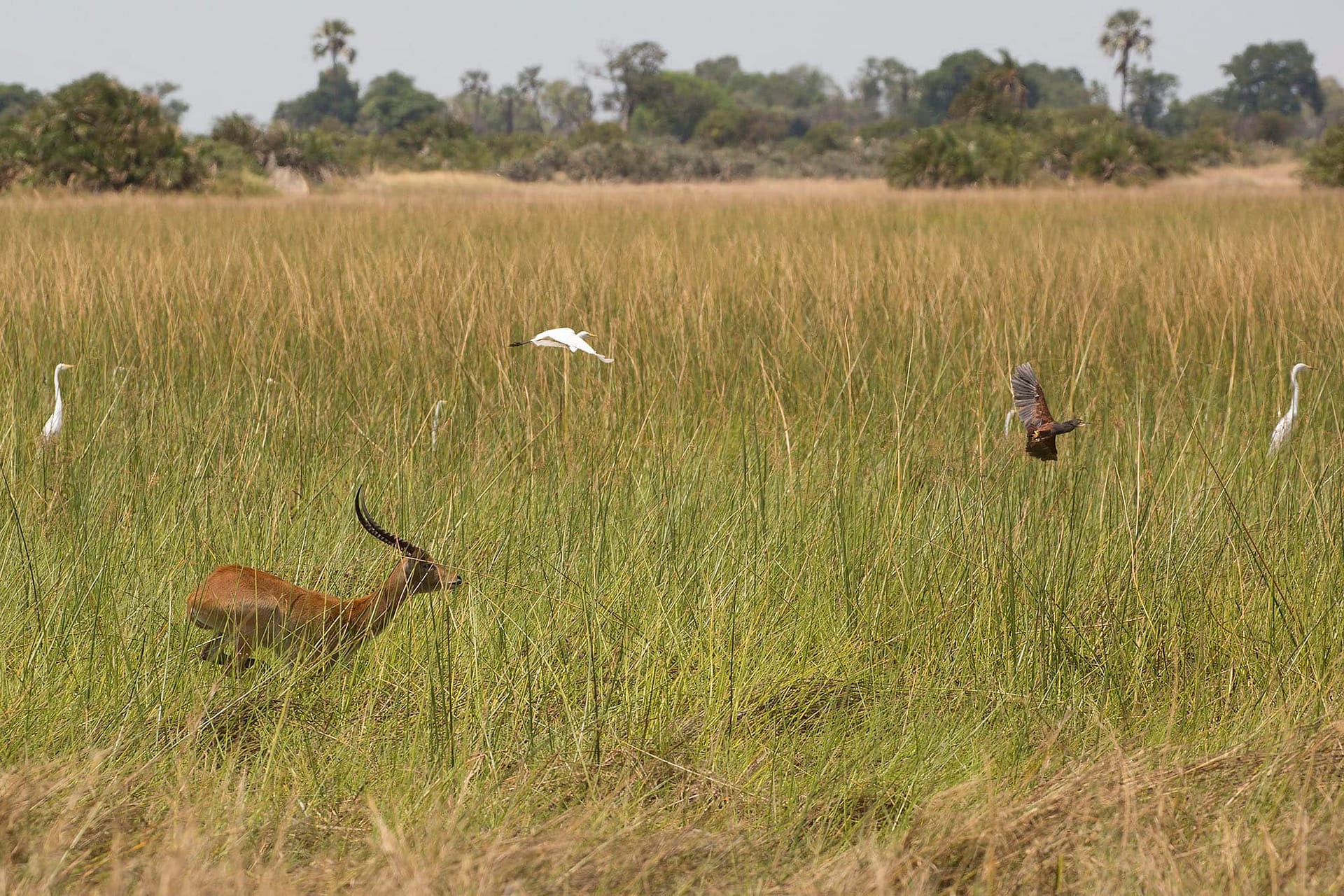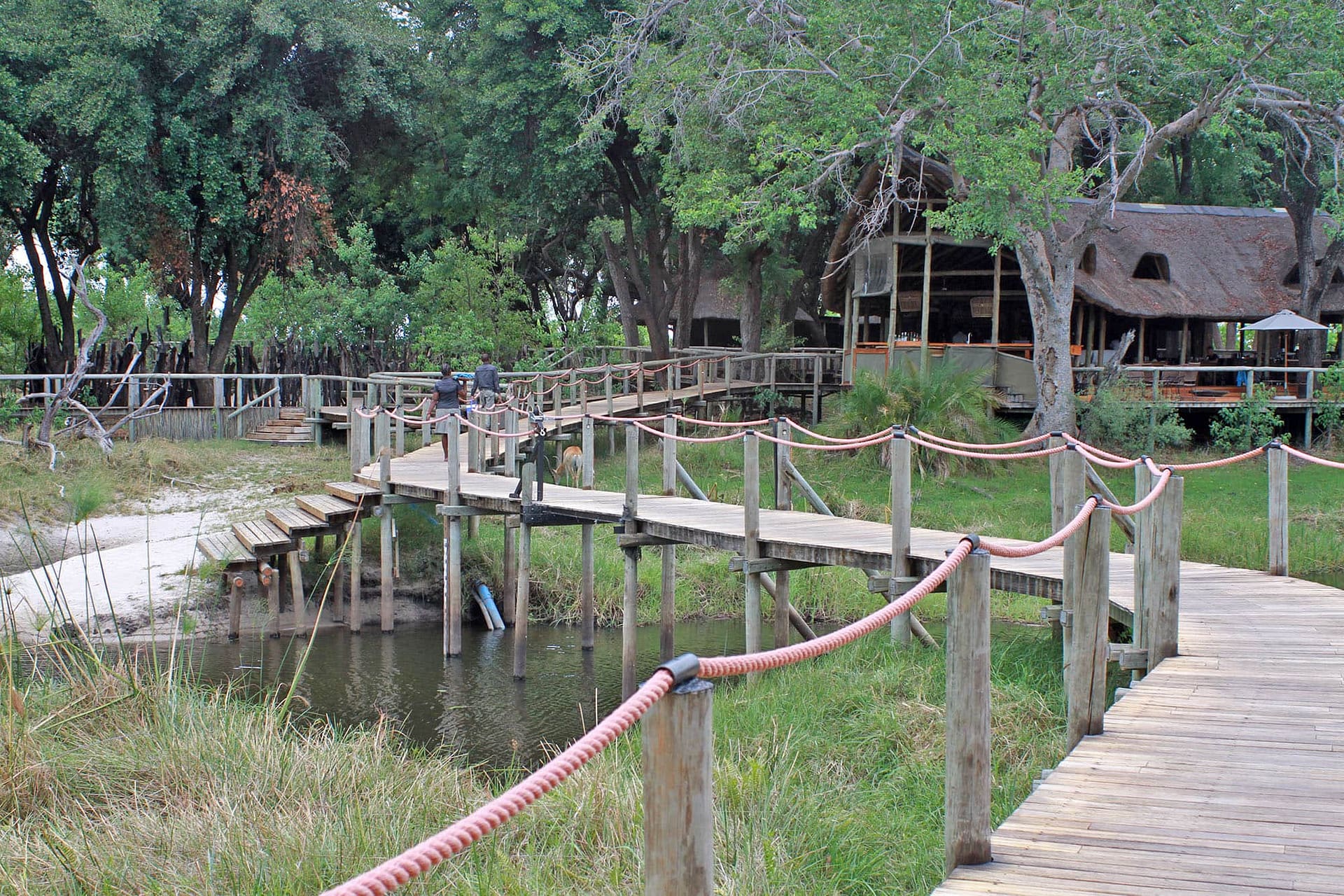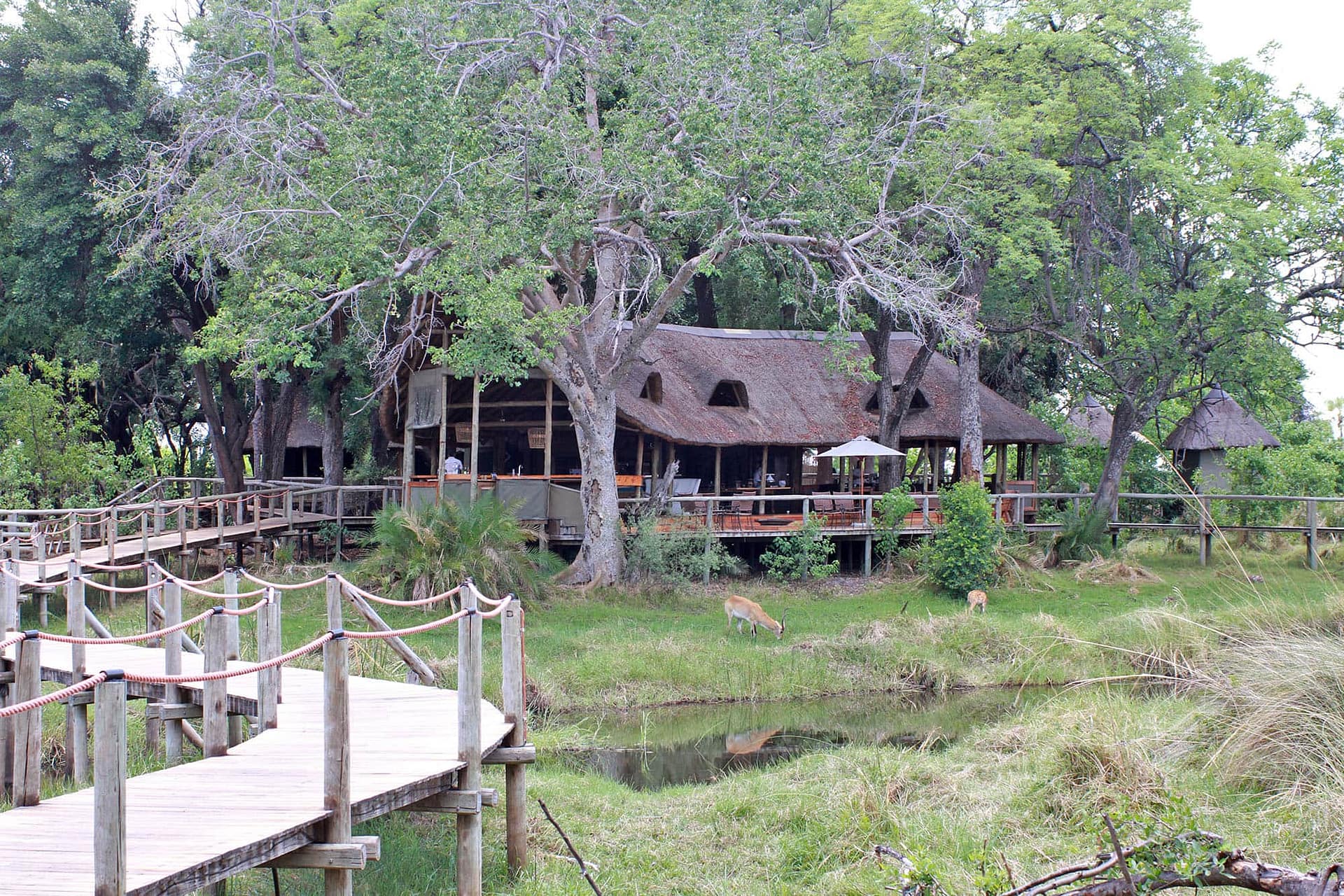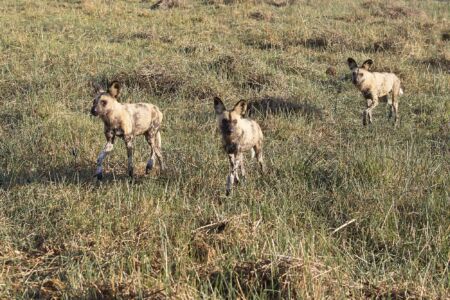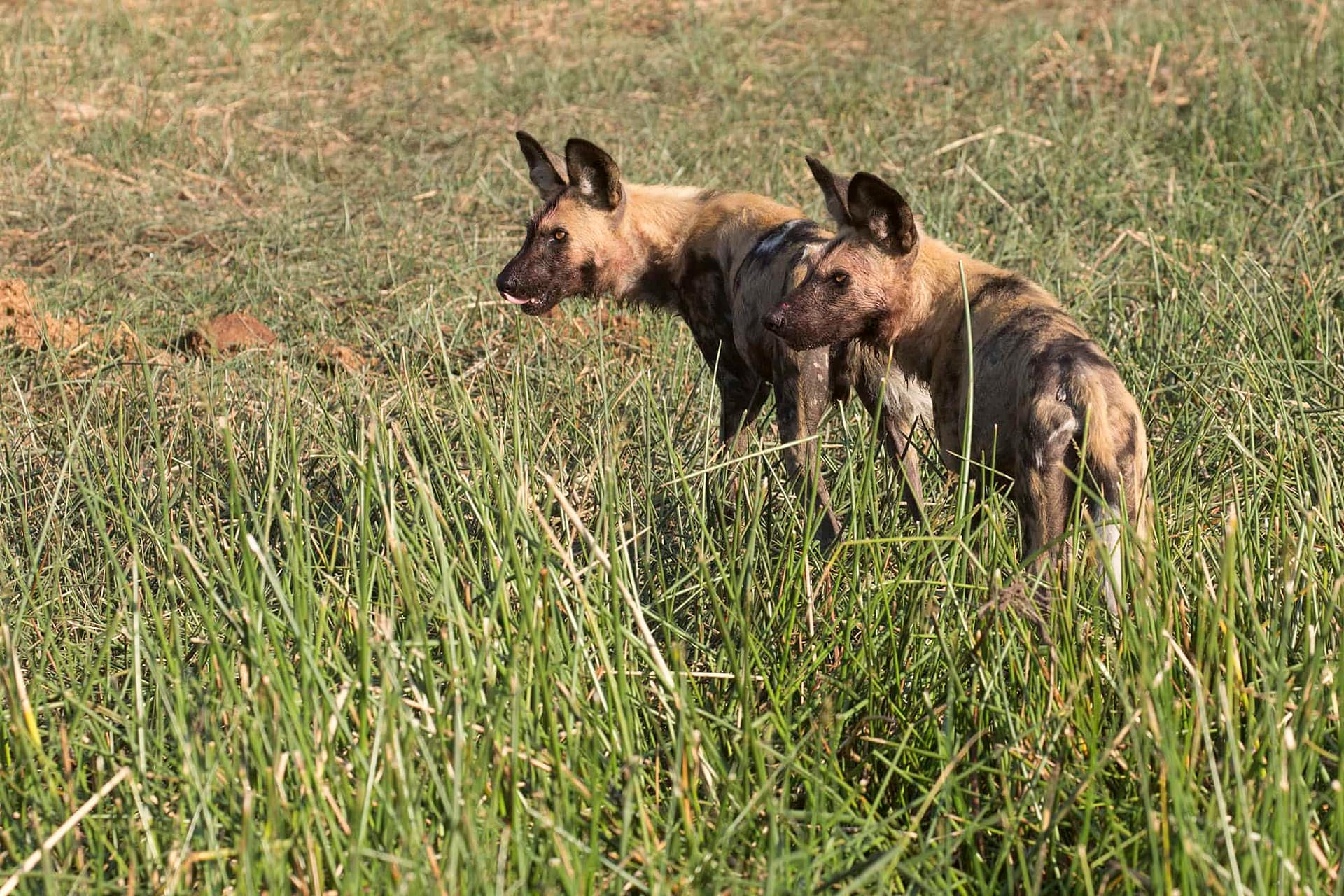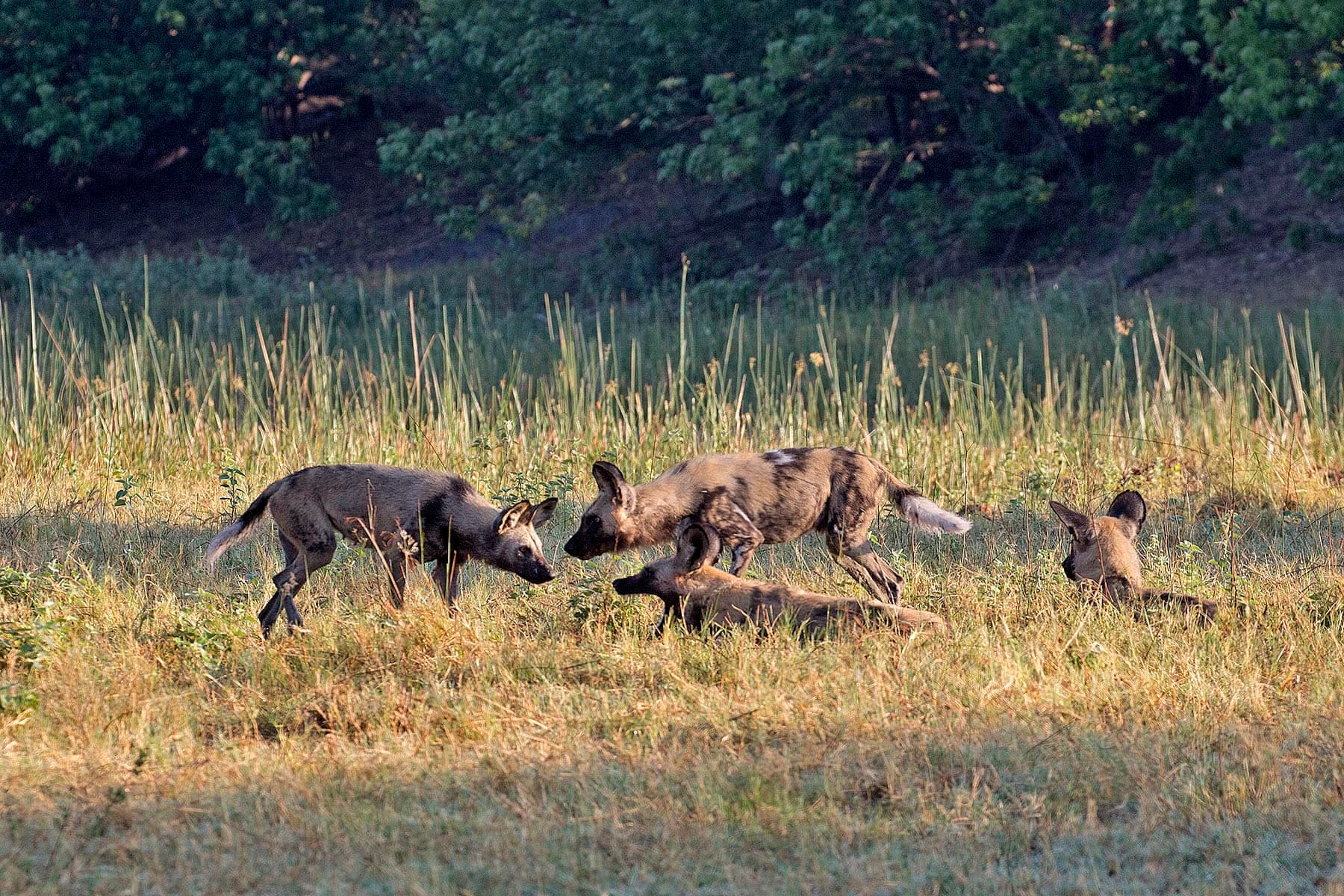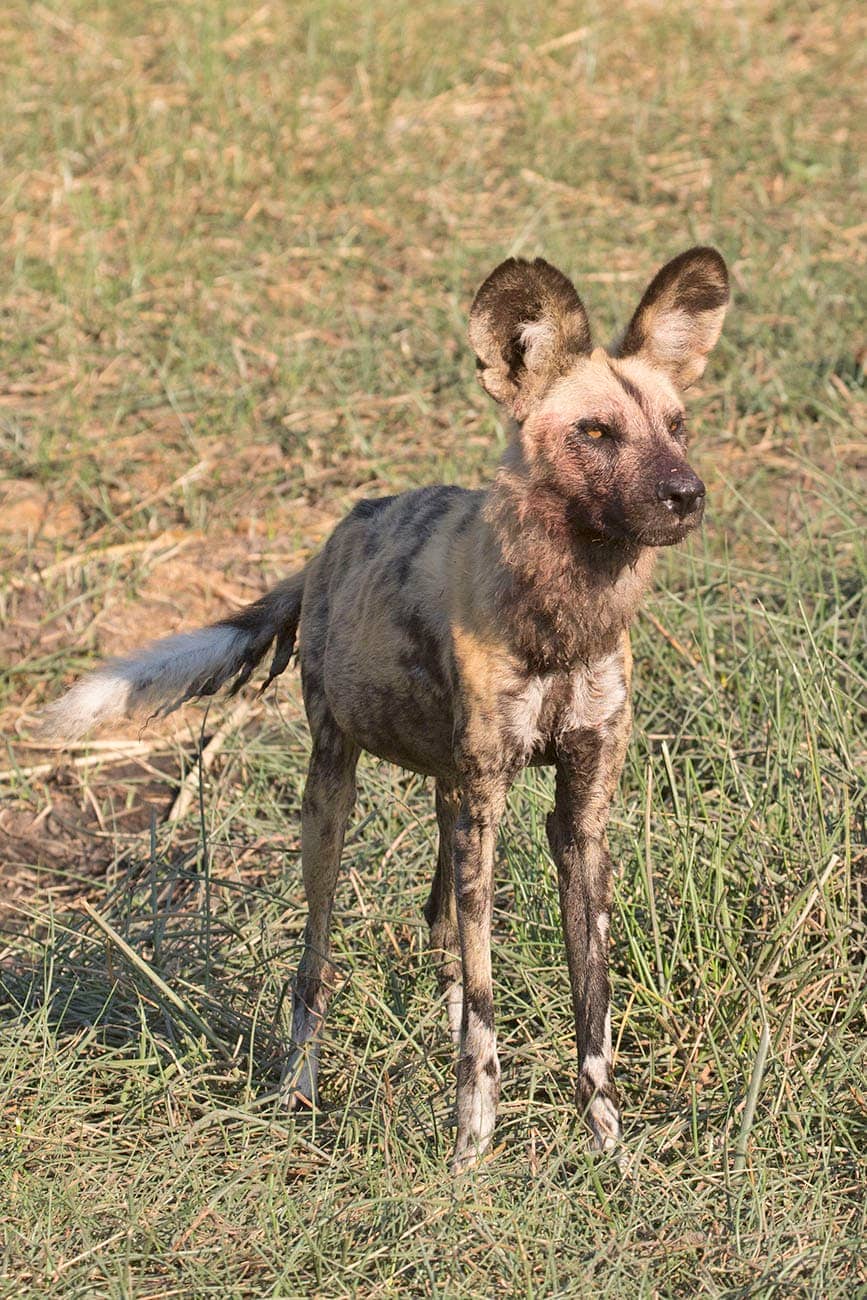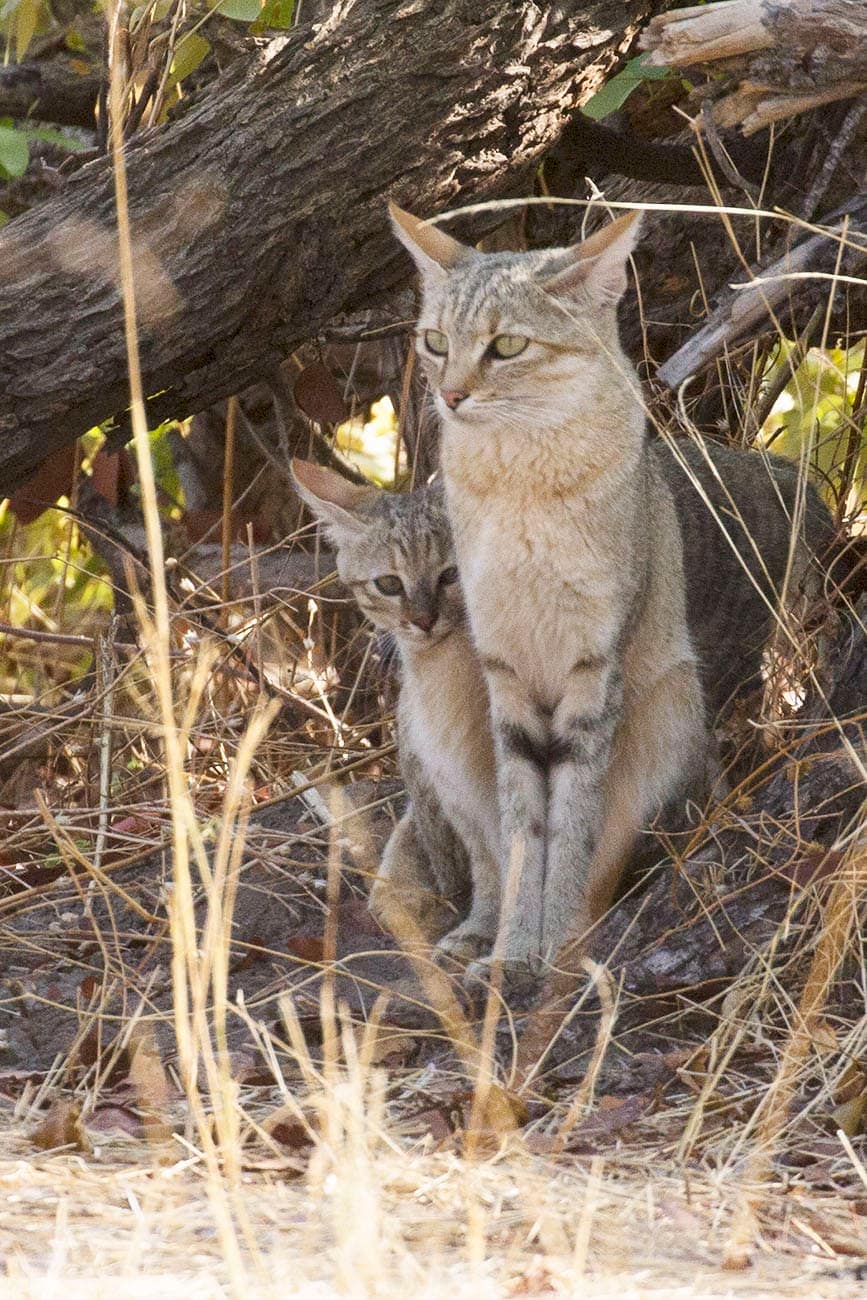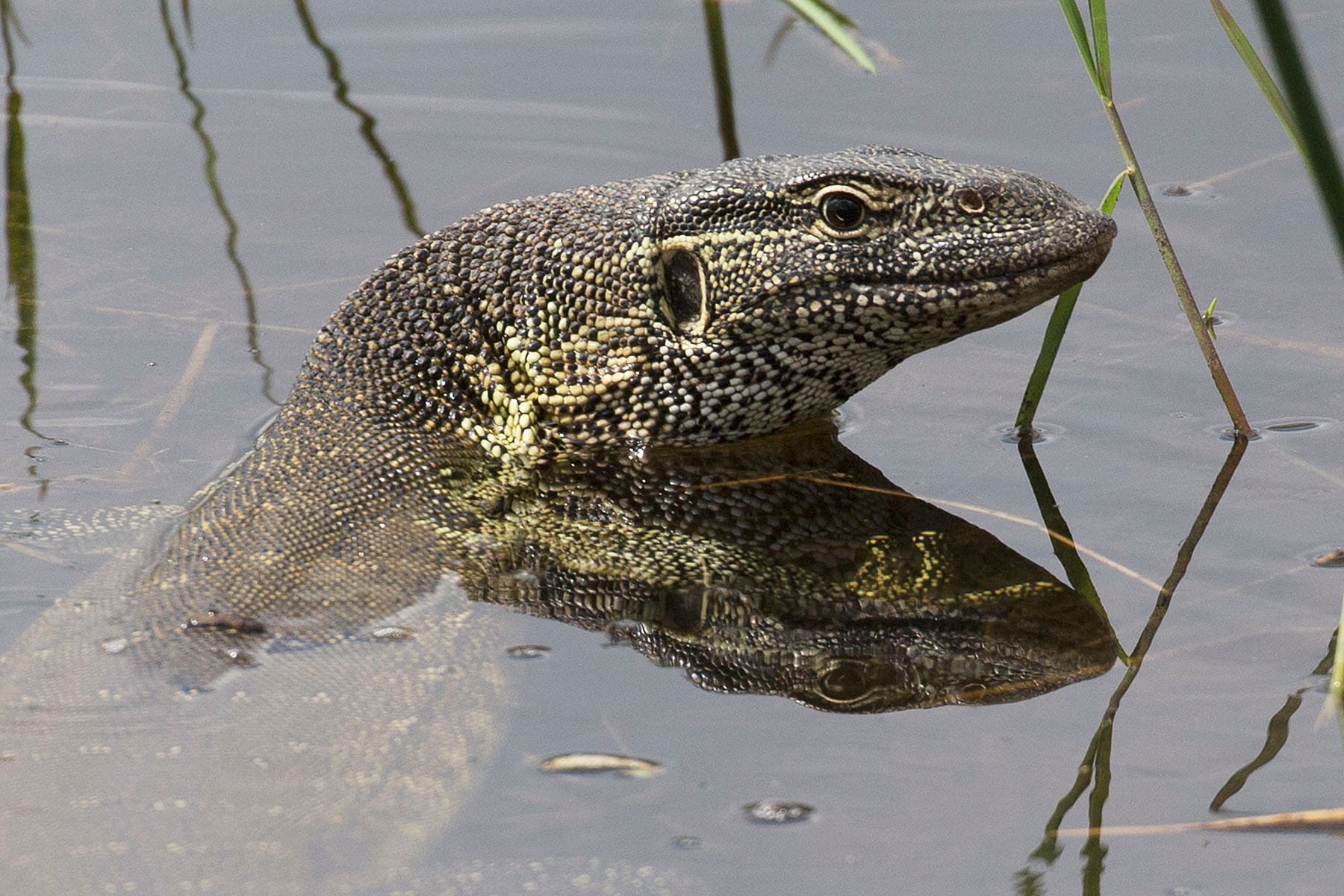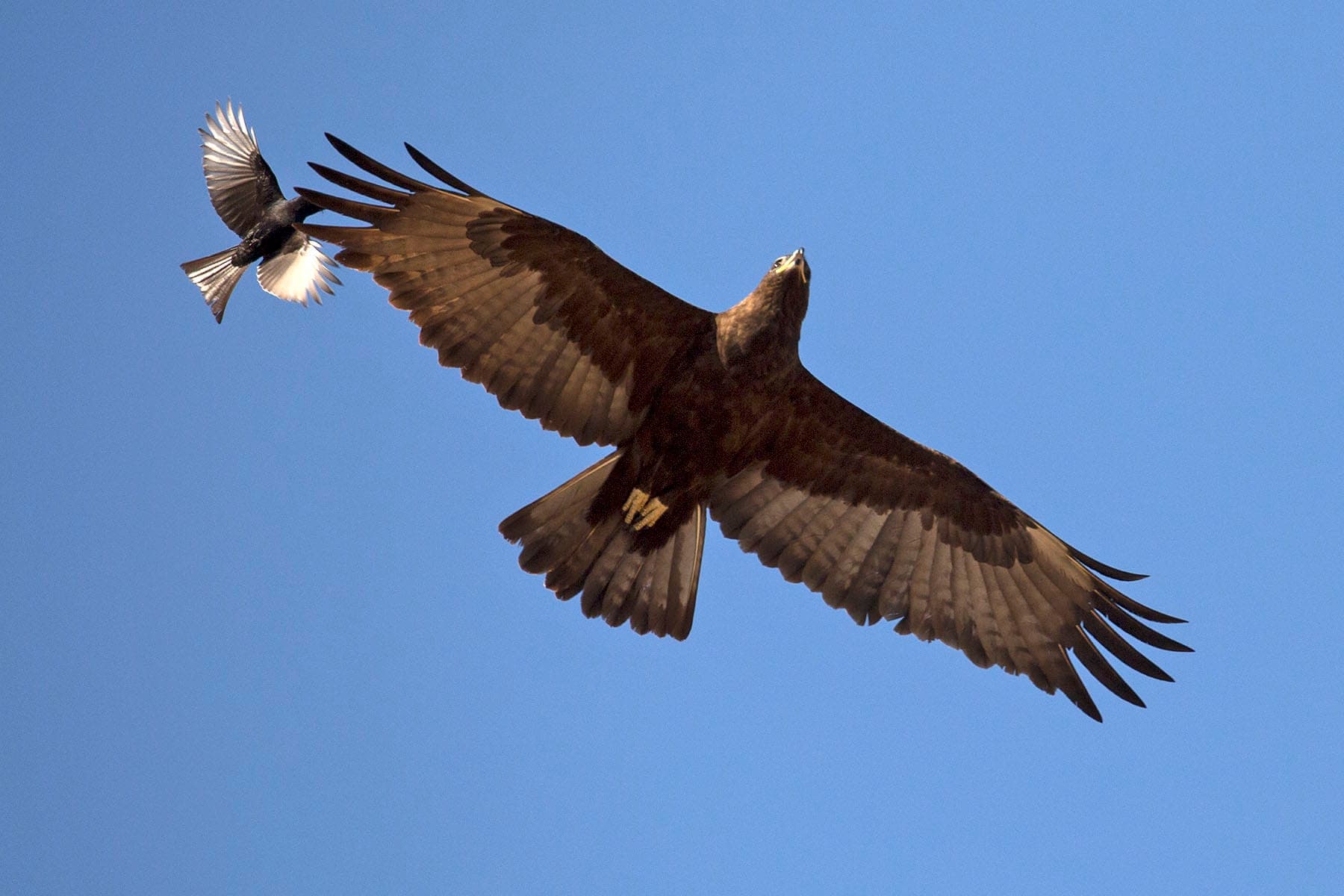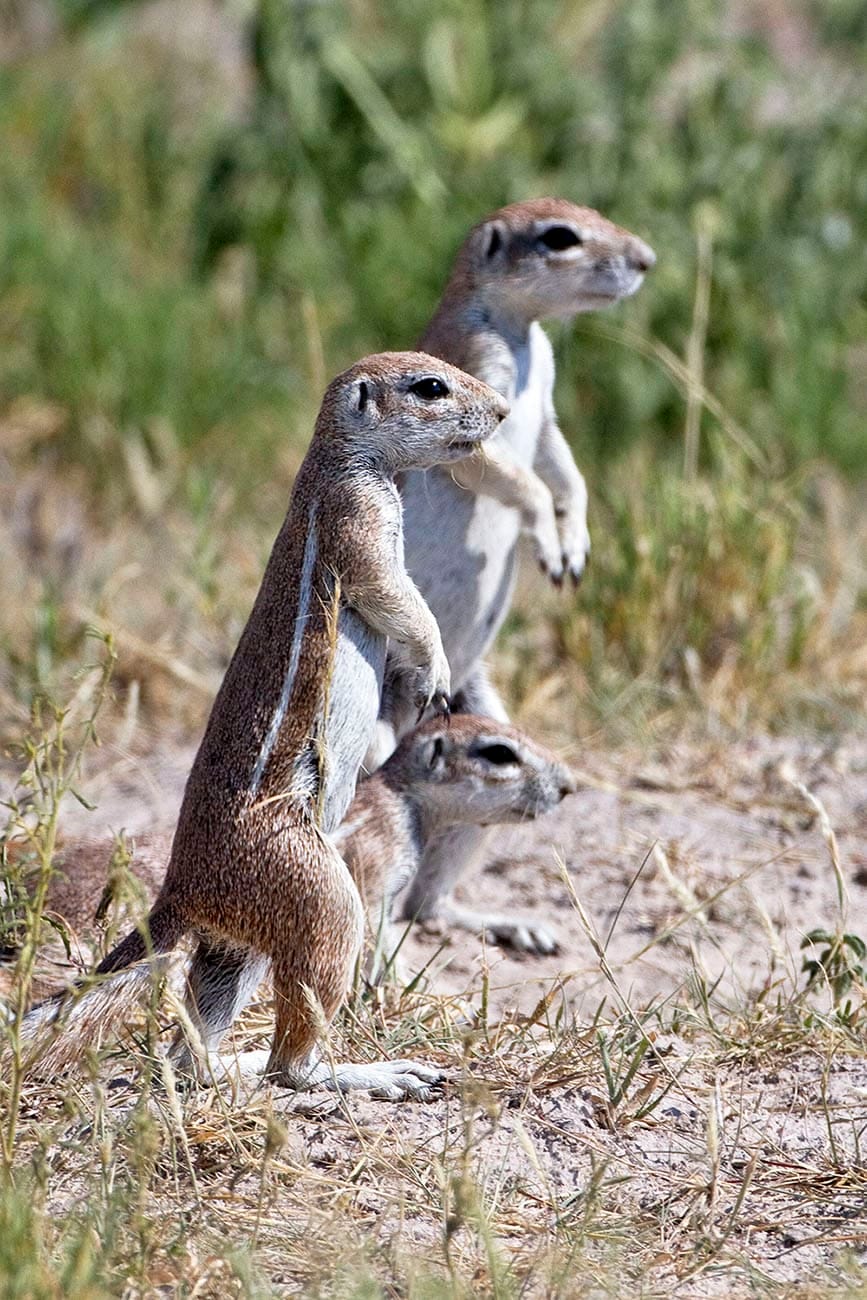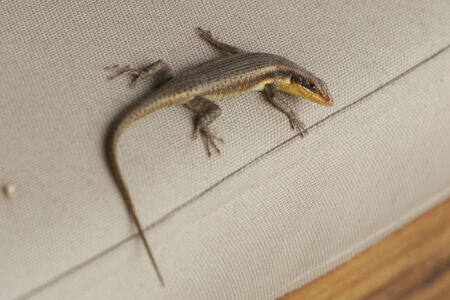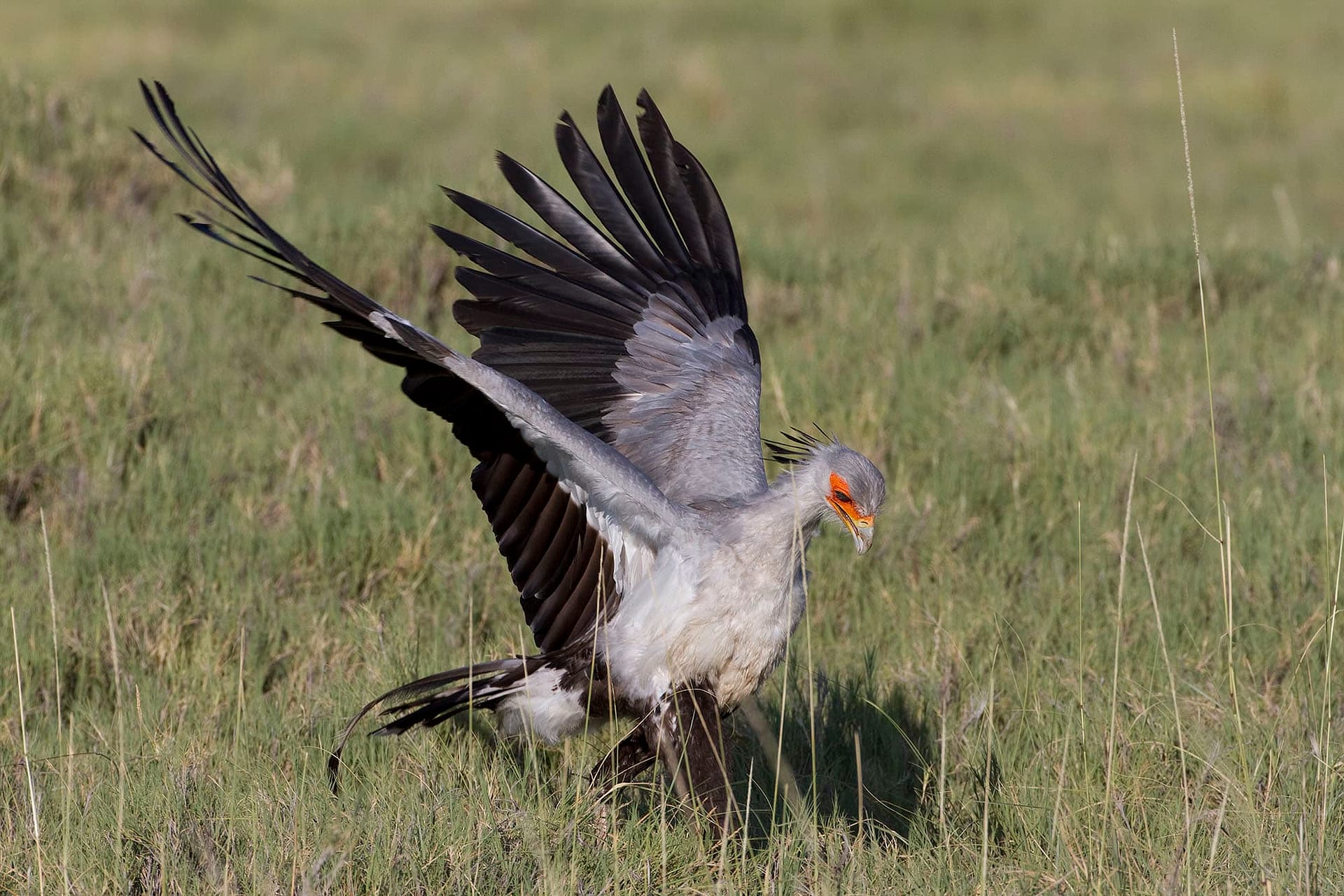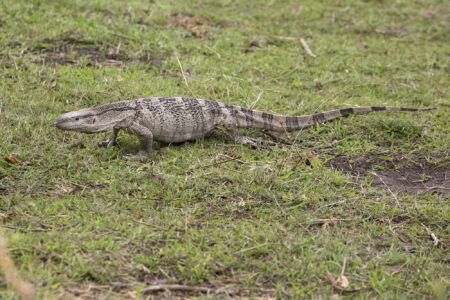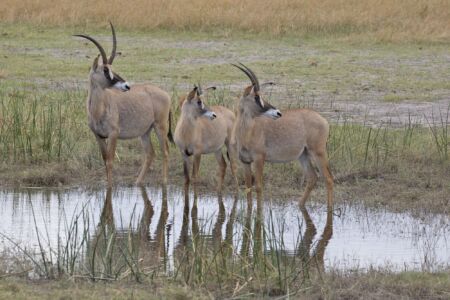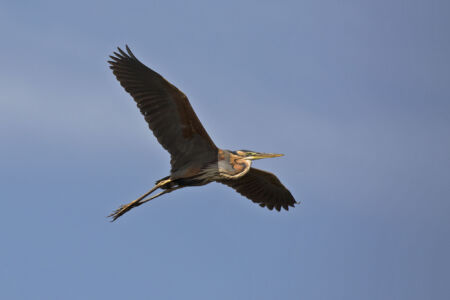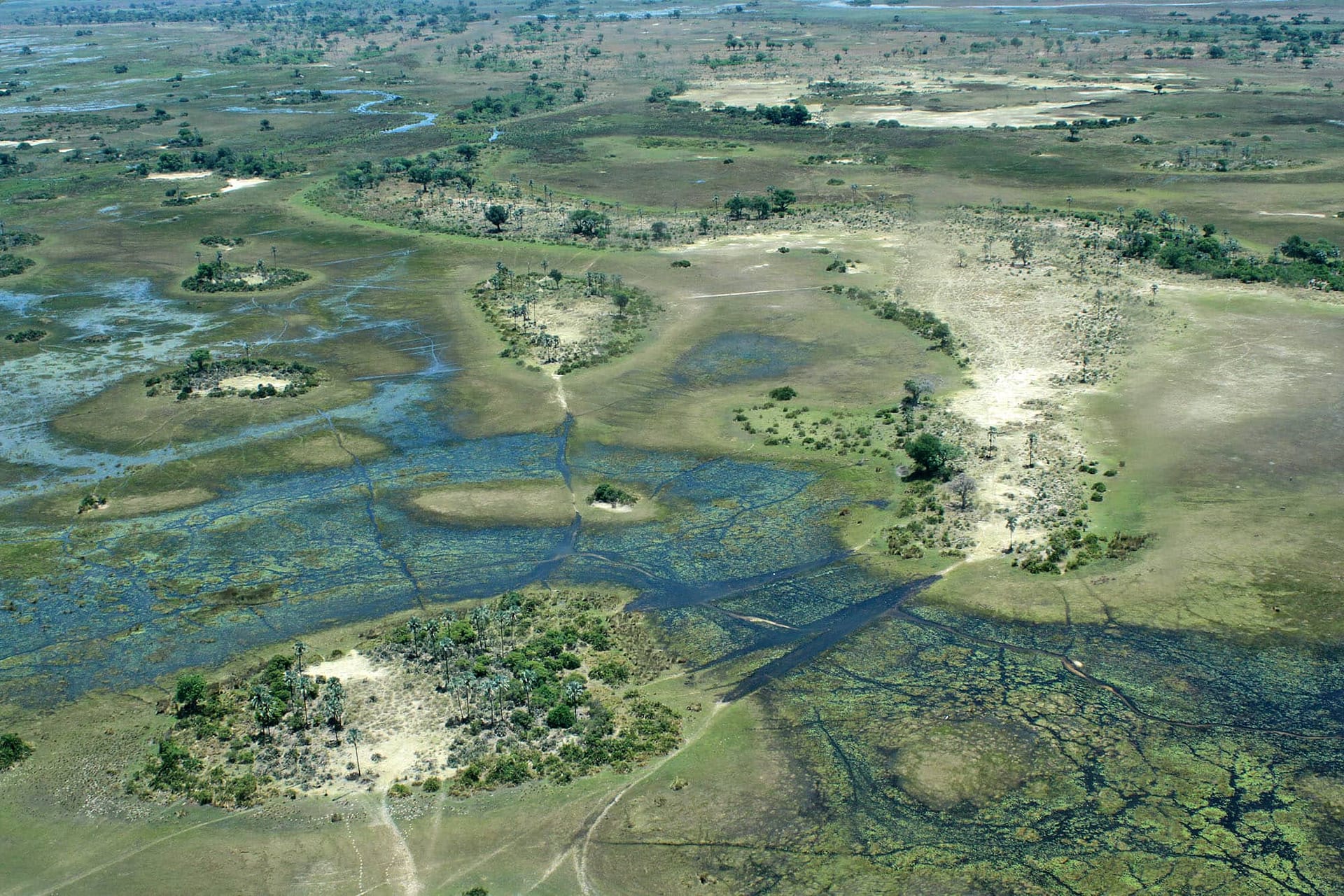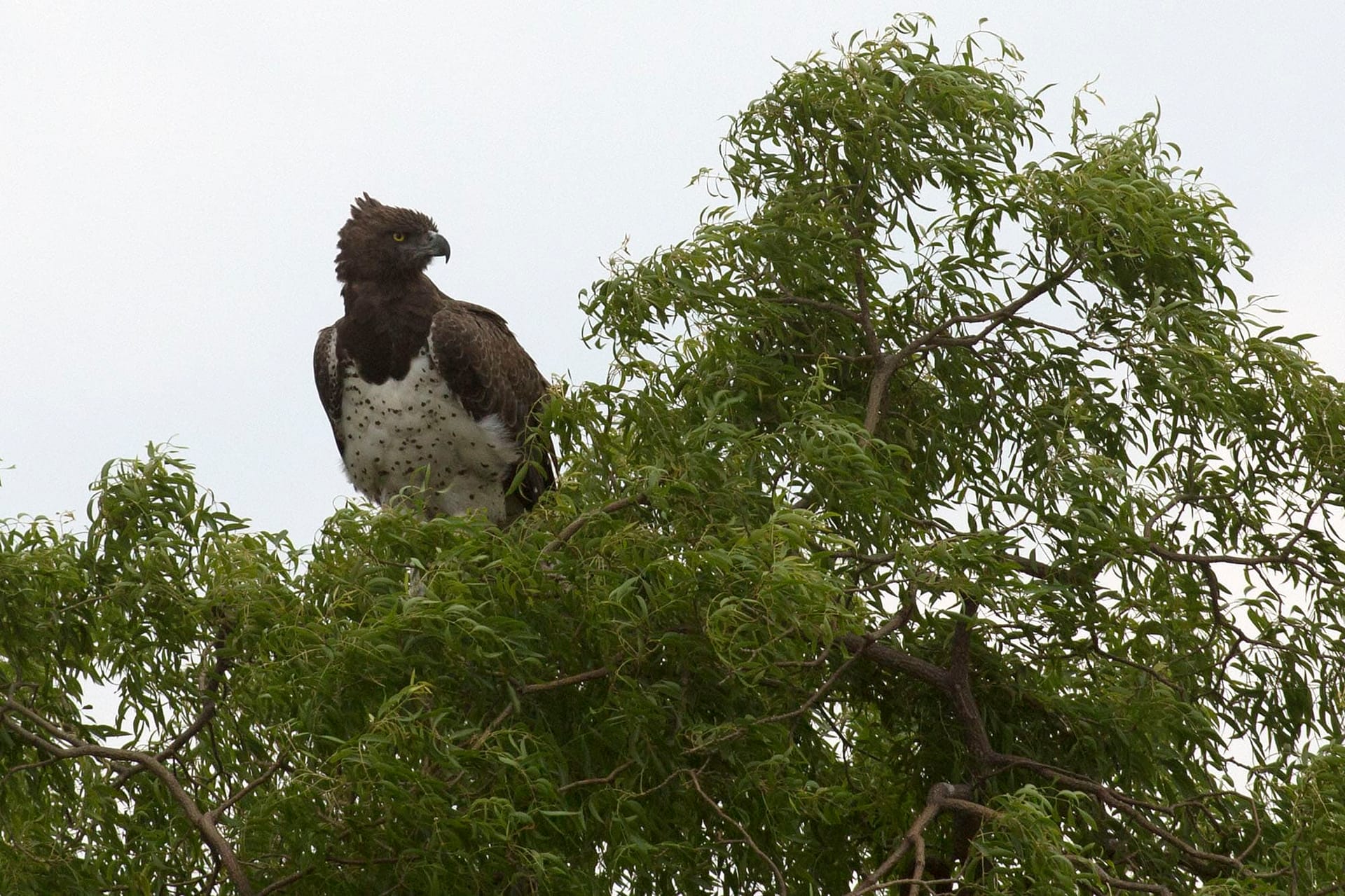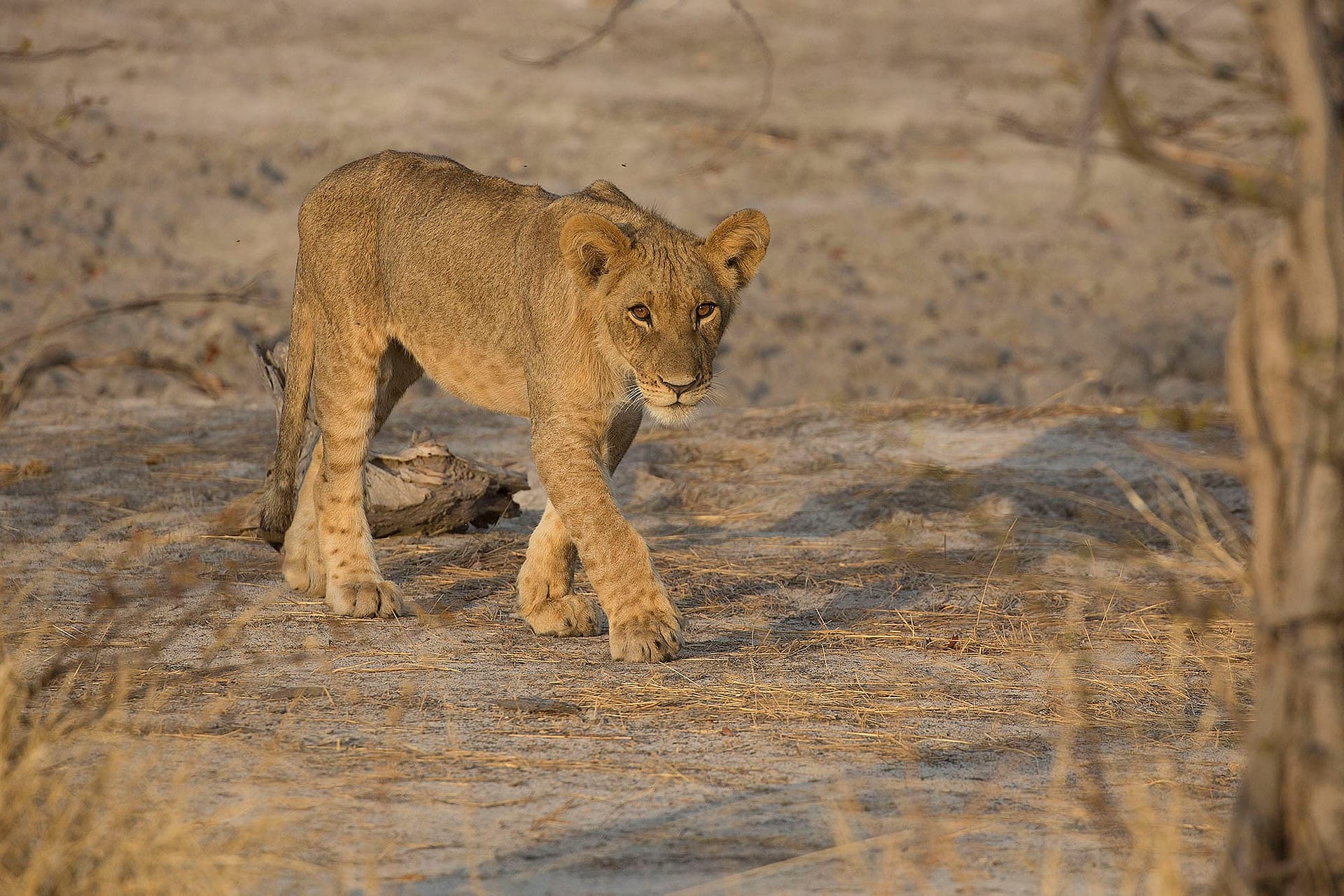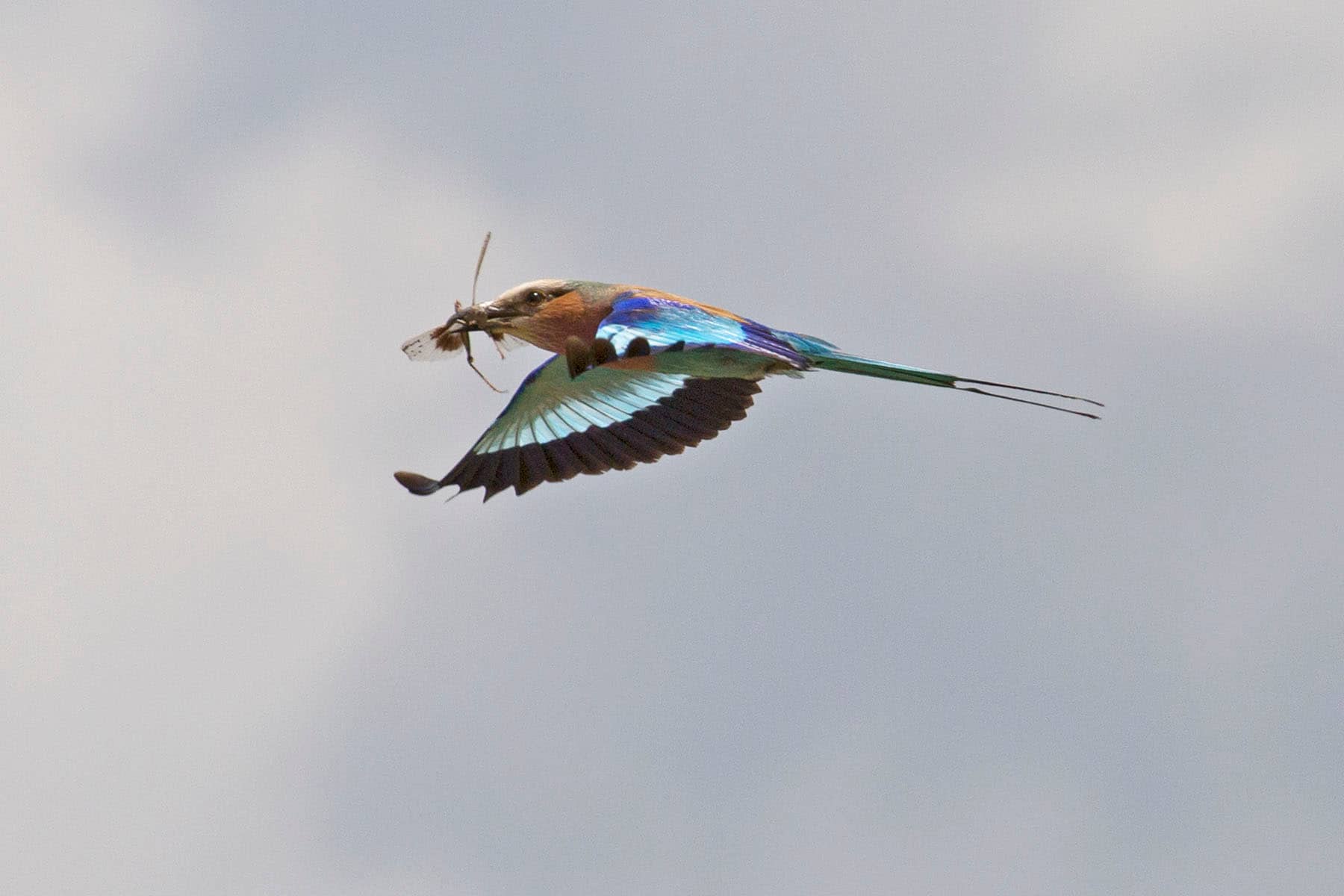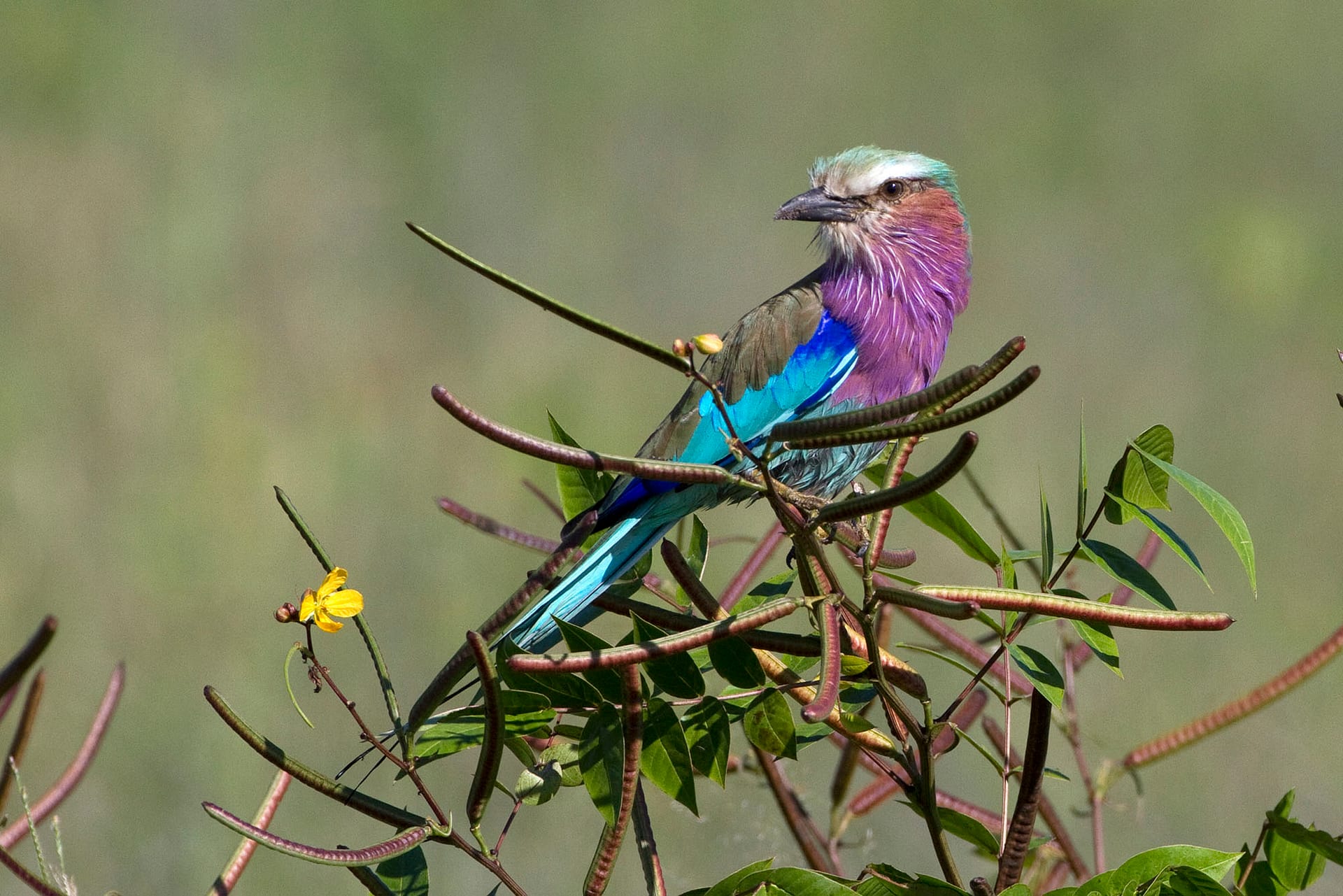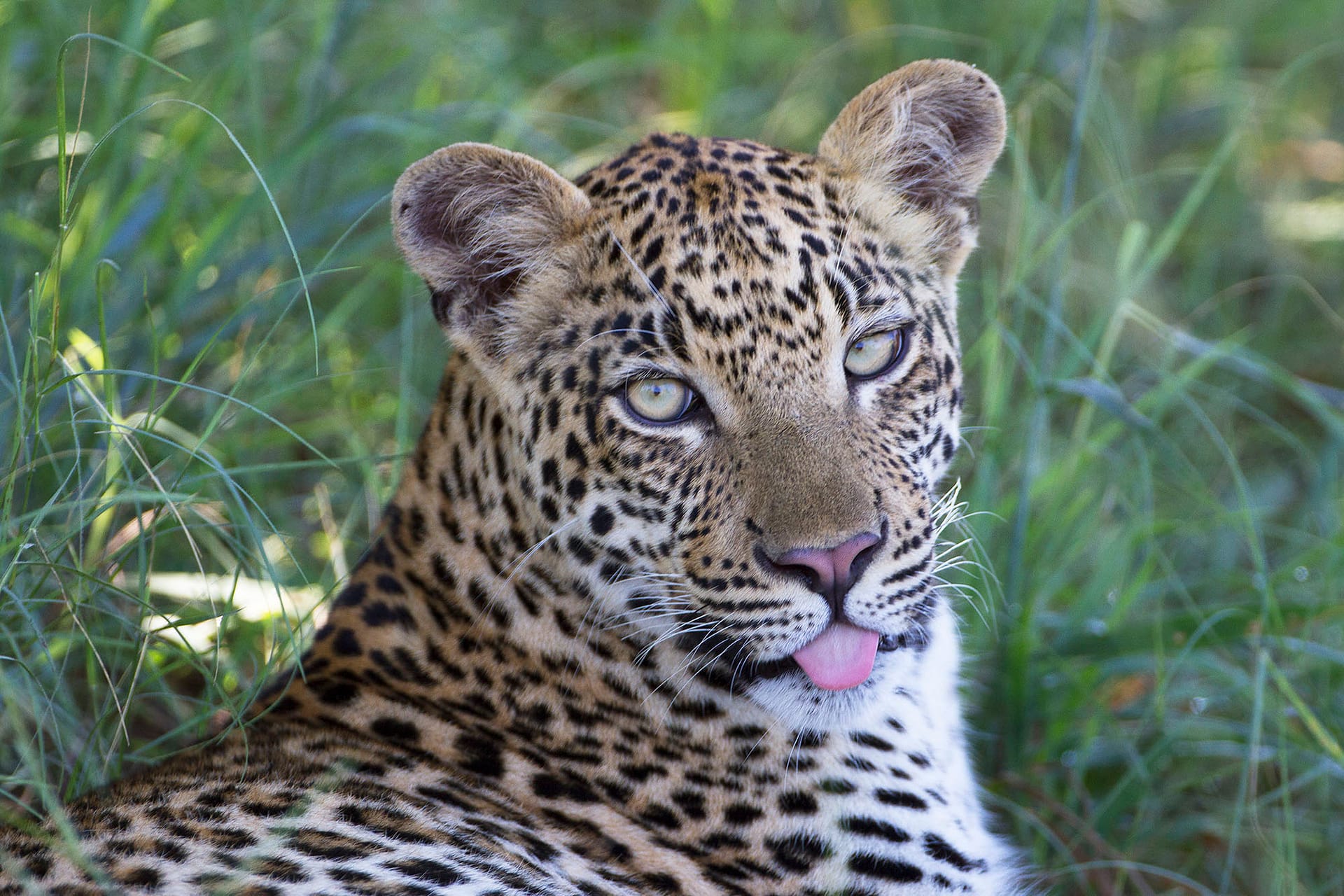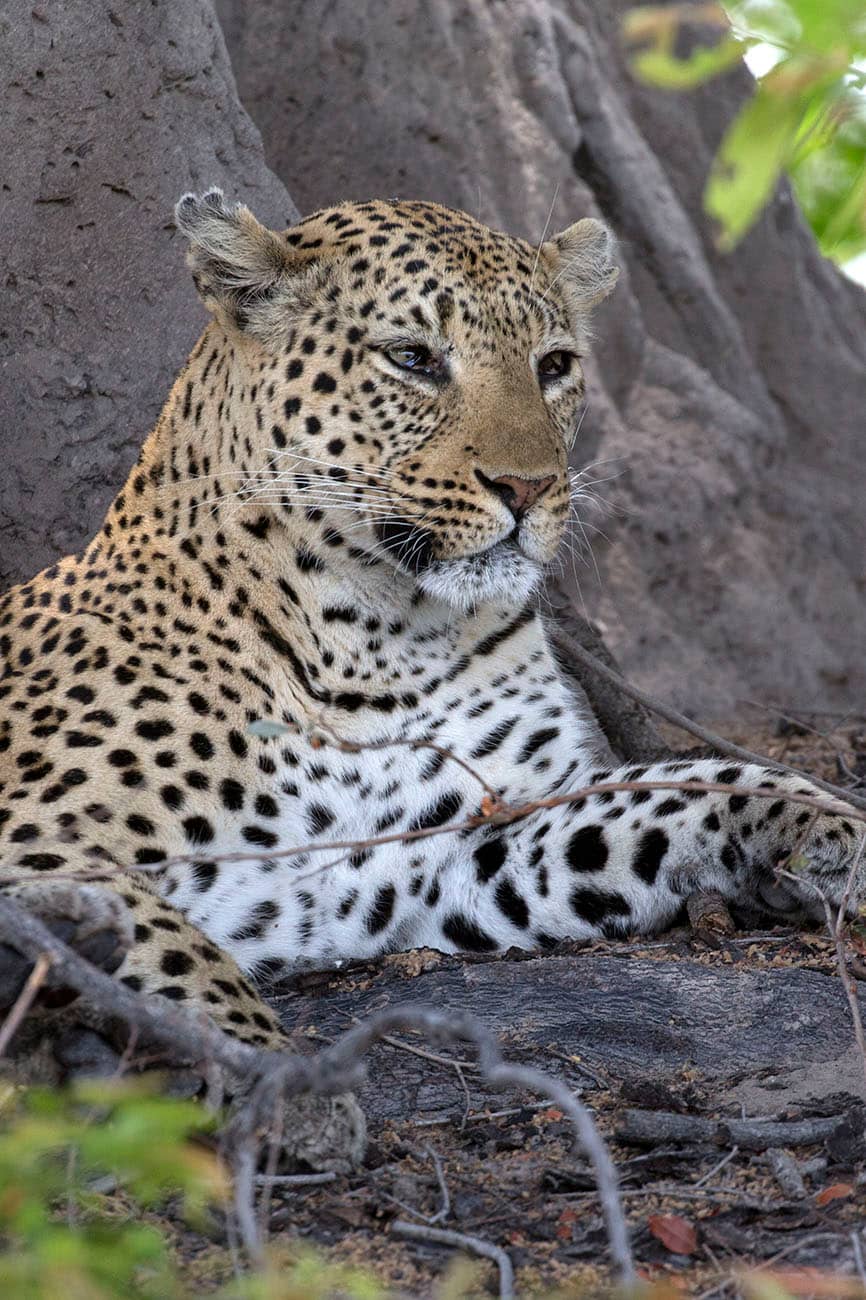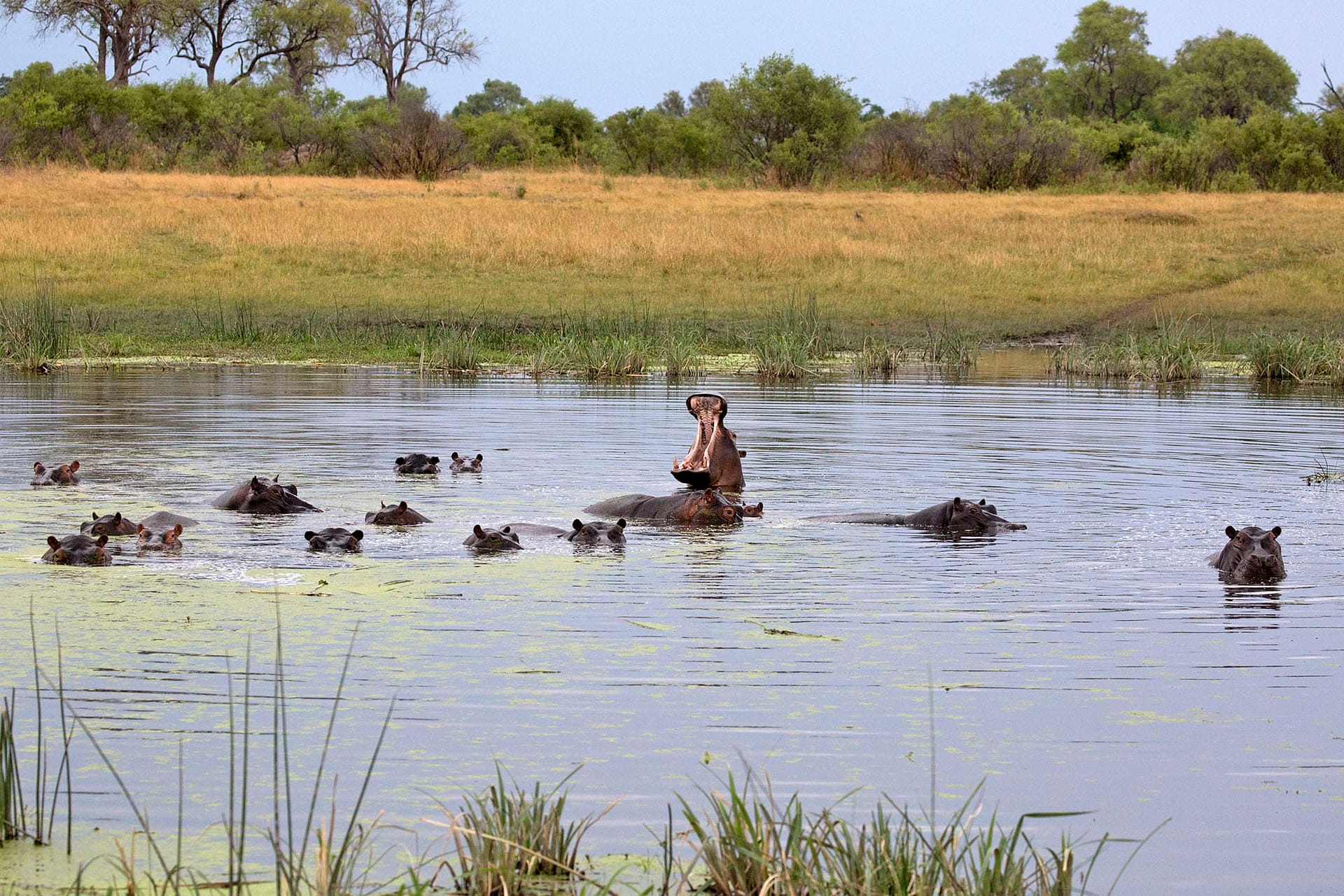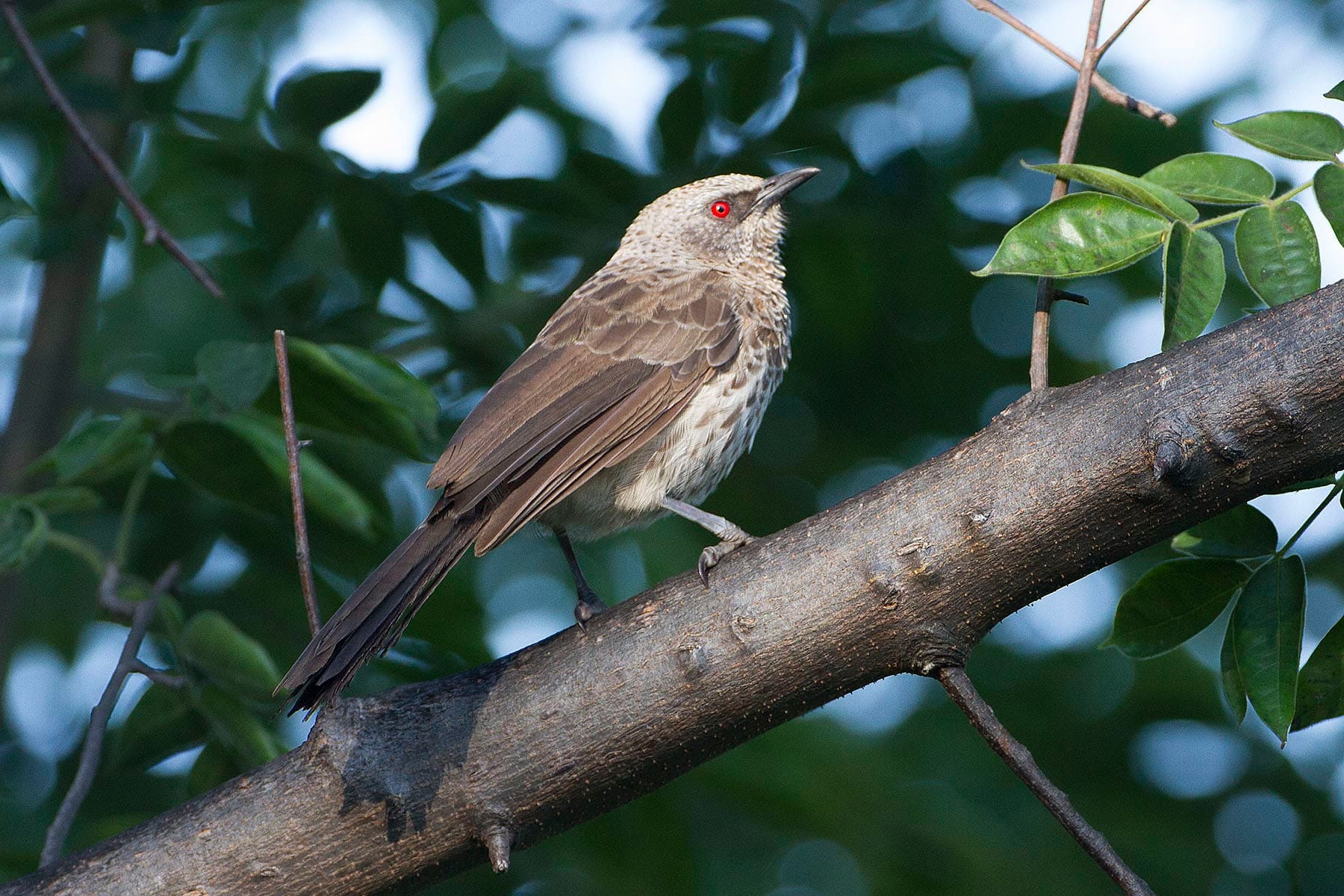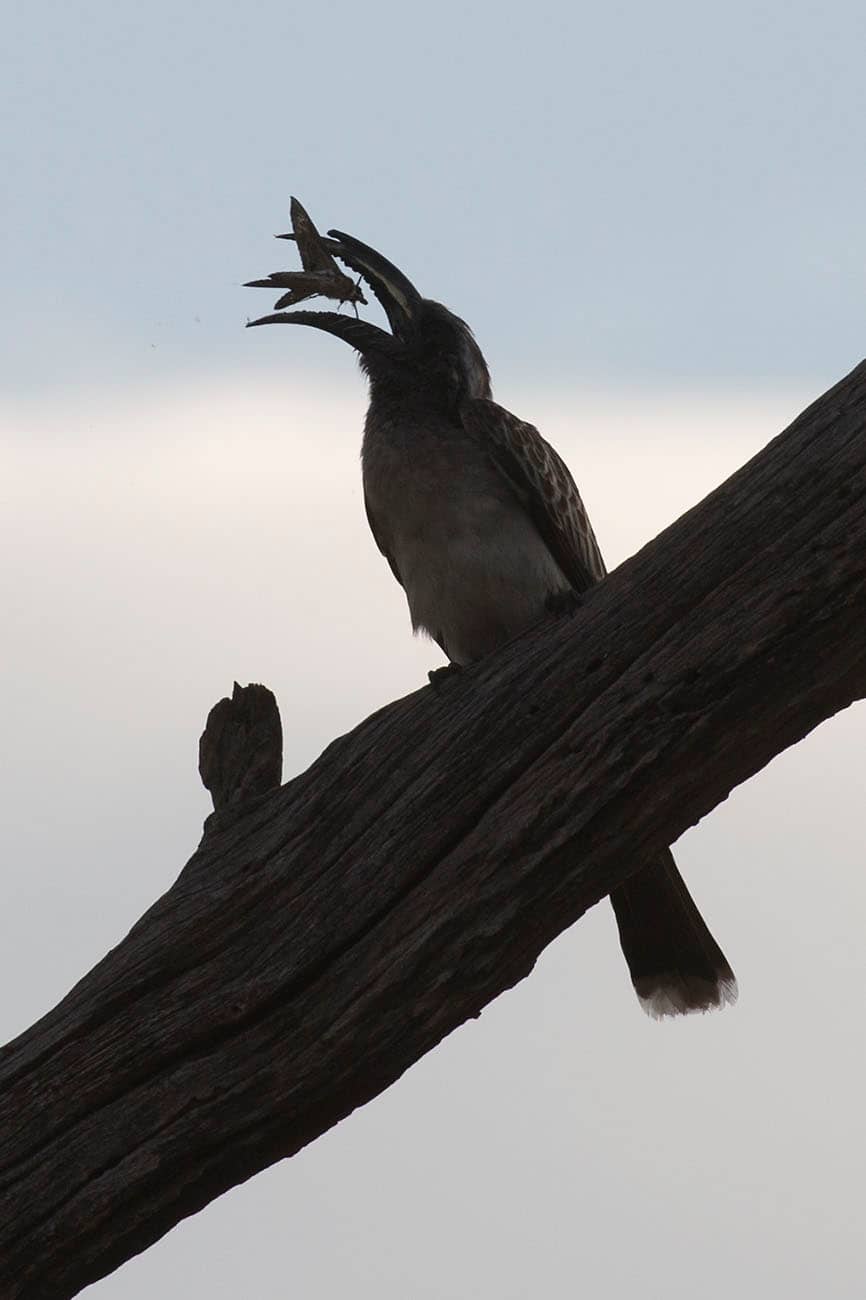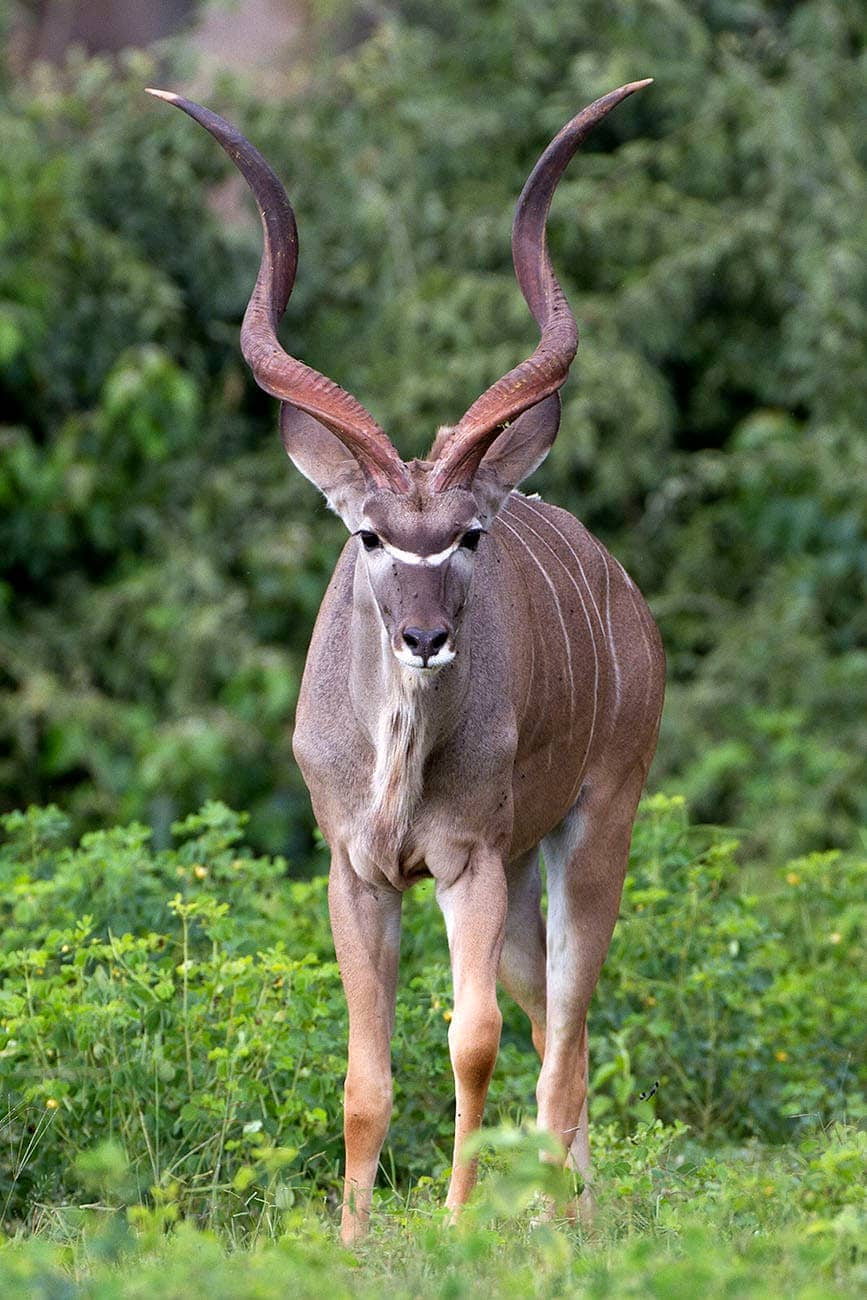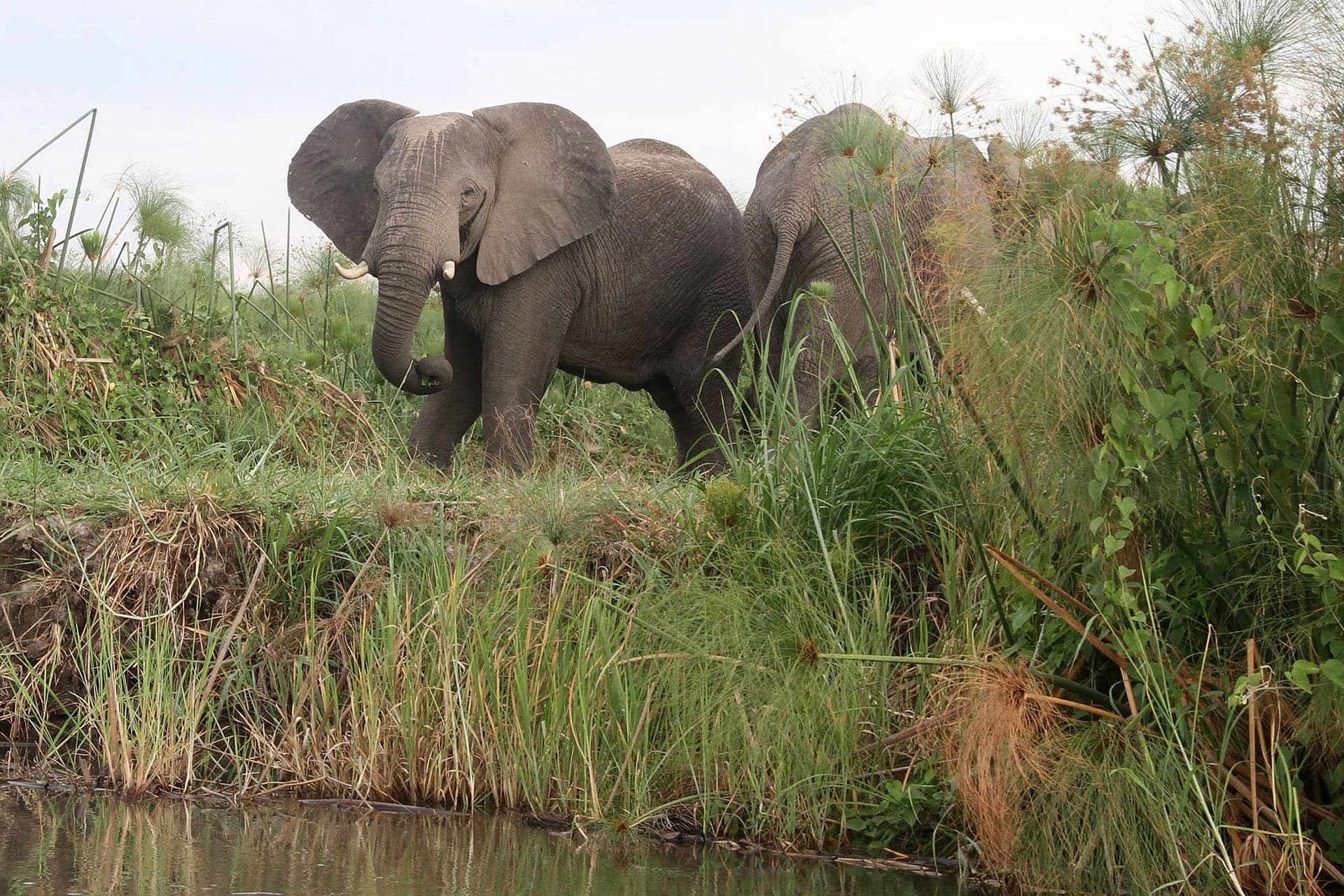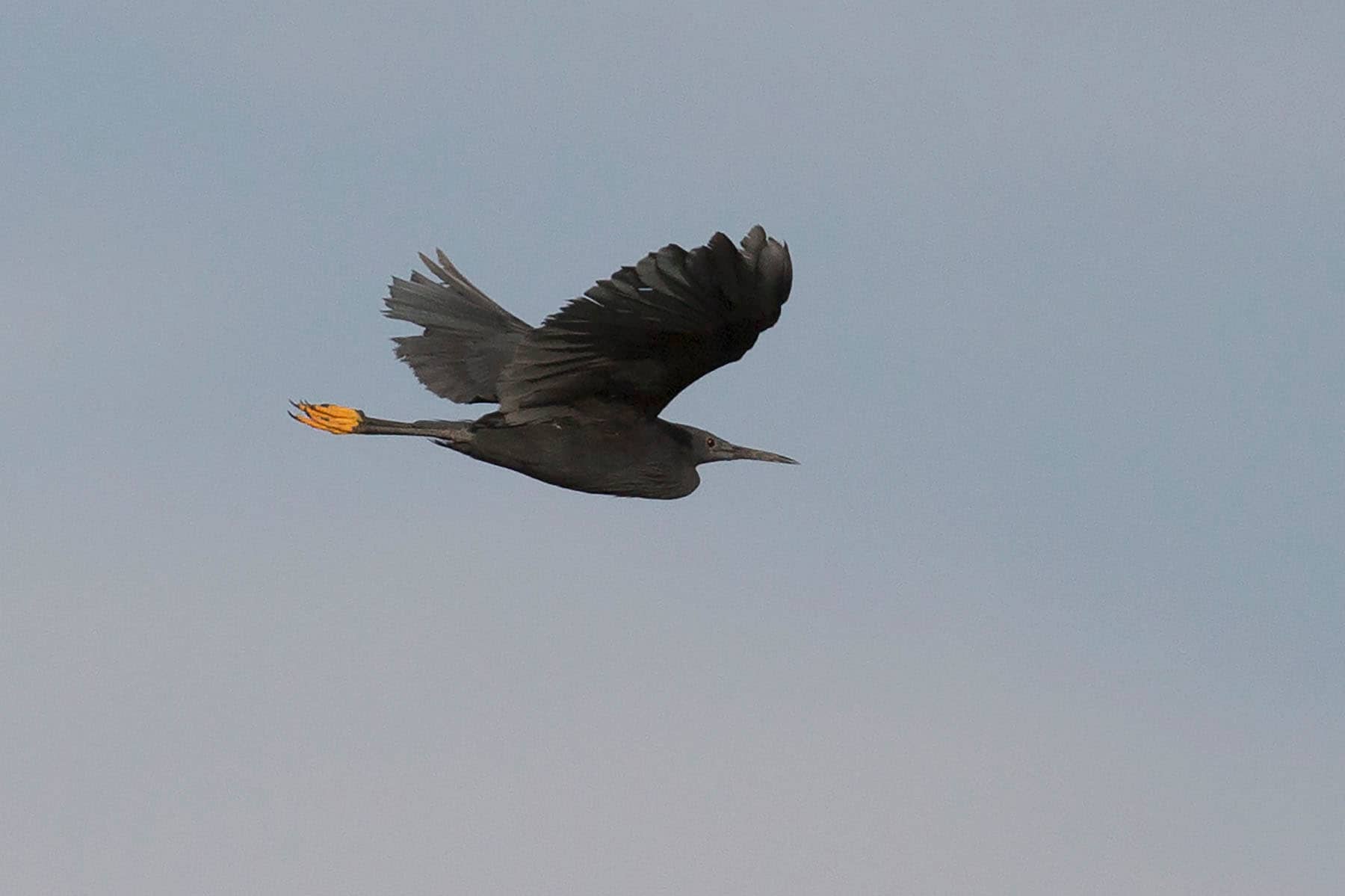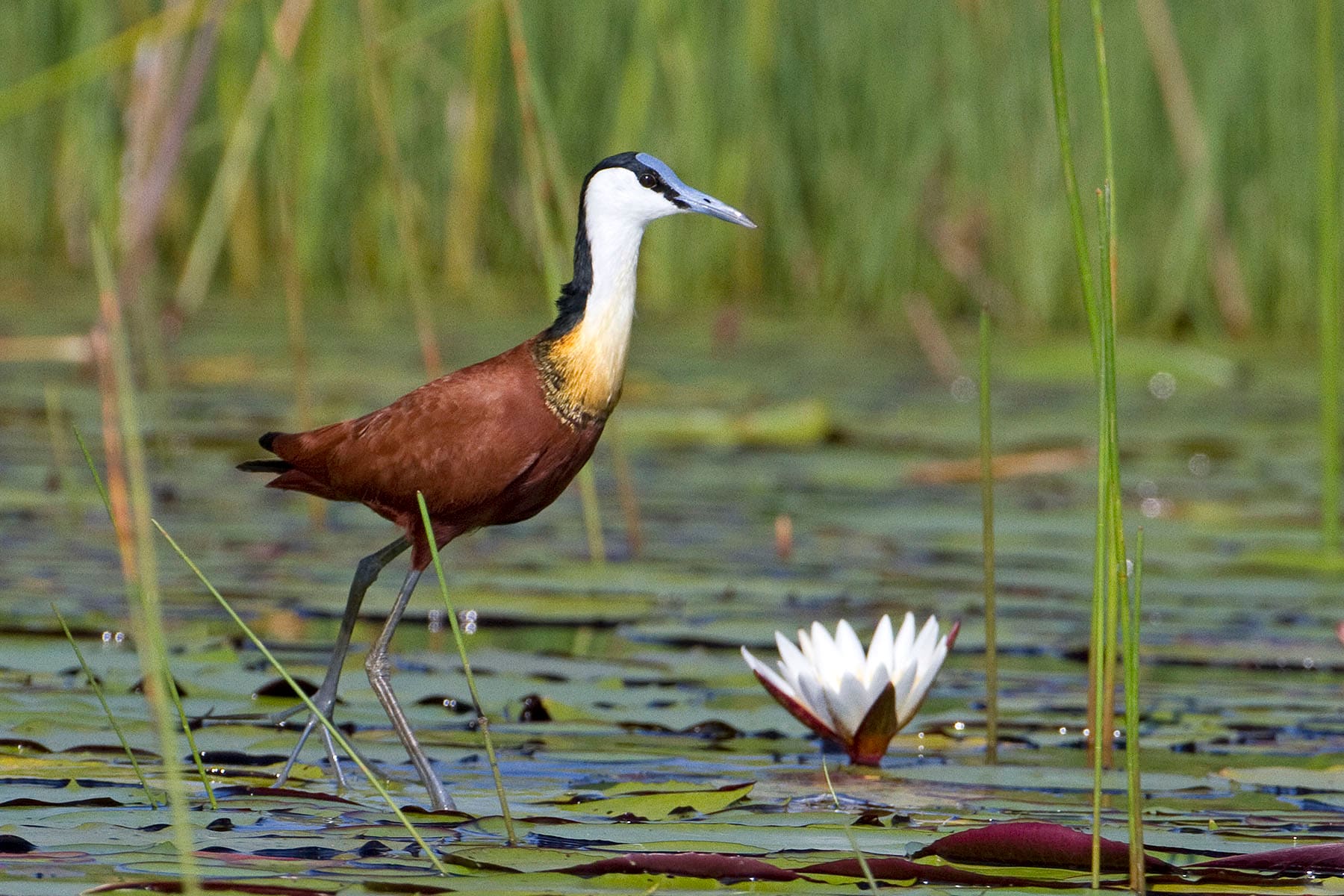BOTSWANA: Best Of Birding & Wildlife Safari

TOUR FOCUS
BIRDS & WILDLIFE
SCHEDULED TOURS
TRIP LEADERS
TOUR COST
From: $11,800 (See details)
Cost is per person, double occupancy from Maun, Botswana (MUB)
GROUP SIZE
6 Participants
PRIVATE TOUR OPTION
This tour is available as a private trip for any size group. The tour cost will vary with the number of people and any custom requests.
TESTIMONIALS
Highlights of BOTSWANA: Best Of Birding & Wildlife Safari
Description of BOTSWANA: Best Of Birding & Wildlife Safari
Botswana is among the most rewarding countries in Africa to experience a spectacular safari. Wild and remote, teeming with wildlife and stunning scenery, Botswana leaves a lasting impact on visitors.
Endless horizons of the Kalahari Desert, lush wetlands of the Okavango Delta, and vast grasslands of Savuti combine to provide incredible opportunities for wildlife viewing. Nearly 600 species of birds are found in the diverse habitats of Botswana, including specialties such as Pel’s Fishing Owl, Slaty Egret, African Skimmer, African Finfoot, Kalahari Scrub-Robin, Wattled Crane, Racquet-tailed Roller and Hartlaub’s Babbler. Elephants, giraffes, buffalo, hippos, zebra, warthogs, and an assortment of antelope, red lechwe, greater kudu, sable, roan, reedbuck and impala, along with predators such as lion, leopard, cheetah, spotted hyena and African wild dogs are among the many highlights.
Situated in the center of southern Africa, landlocked Botswana lies at about 950 meters above sea level and more than 600 kilometers from the nearest coast. Relatively few people live in this vast rugged country, facilitating an experience of solitude and remote wildness. The country is striking for its flatness and aridity – the Kalahari Desert covers three-quarters of the land. The Okavango Delta is a wetland within a desert, receiving its waters from rain falling in central Africa, more than a thousand kilometers away. In the northeast, the Linyanti region and Savuti Channel feature varied mixed woodland habitats and ancient floodplains attracting massive herds of elephants and predators.
We’ll augment our safari with a trip to the world-famous Victoria Falls, along the Zambezi River, where stunning vistas and a variety of birds create powerful memories.
On our Best of Botswana safari, we’ll explore unique and pristine eco-systems world-renowned for concentrations of predators, herbivores, birds, reptiles, and spectacular scenery. The Kalahari Desert, Okavango Delta, Linyanti-Savuti, and Zambezi River provide experiences of a lifetime.
This is certainly a Best of Botswana, visiting the Kalahari desert, Okavango delta and Linyati woodland and floodplain, with wonderful land and water camps (you will not be disappointed), giving us a perfect mix of habitats and the very best wildlife viewing. Due to remoteness of this pristine landscape we will be flying between camps, saving us considerable time and giving us more time to enjoy the camps and concessions.
Click here to read about Six Specialty Species of the Okavango Delta
Length of Tour
11-days/10-nights
Itinerary
Day 1 / Nov 23: Arr. Maun; Kalahari Plains Camp
Day 2 / Nov 24: Kalahari Plains Camp
Day 3 / Nov 25: Chitabe Camp
Day 4 / Nov 26: Chitabe Camp
Day 5 / Nov 27: Chitabe Camp
Day 6 / Nov 28: Xigera Camp
Day 7 / Nov 29: Xigera Camp
Day 8 / Nov 30: Savuti Camp
Day 9 / Dec 1: Savuti Camp
Day 10 / Dec 2: Savuti Camp
Day 11 / Dec 3: Dep. Maun
Extension to Victoria Falls
Day 11 / Dec 3: Fly to Livingstone -Toka Leya, Zambia
Day 12 / Dec 4: Toka Leya, Zambia
Day 13 / Dec 5: Dep. Livingstone
Cost
$11,800 per person, based upon double occupancy, from Maun, Botswana (Airport code MUB).
This trip ends in same as arrival city (Airport code ).
Single Supplement and other Cost Additions
If a single room is preferred, or we are unable to find a suitable roommate for you, a single supplement fee of $2,470 will be assessed.
2019 Cost (11 days / 10 nights)
$,10,500.00 based upon a minimum of 6 participants and double occupancy from Maun [MUB], Botswana
Single Supplement: $2170.00. Subject to availability. If you do not request a single room and we are unable to find you a roommate, you will be charged the single supplement
Includes: 6 Internal flights between camps
Including Extension to Victoria Falls
Cost (13 days / 12 nights)
$12,500.00 based upon a minimum of 6 participants and double occupancy from Maun [MUB], Botswana; departing Livingstone [LVI], Zambia
Single Supplement: $2470.00. Subject to availability. If you do not request a single room and we are unable to find you a roommate, you will be charged the single supplement
Includes: 7 Internal flights between camps
Deposit Requirements
A $2,000 deposit per person is required to hold each space on this tour. Deposit may be made online by clicking the "Book Your Trip Now" button and using any credit card. If you prefer, you may call us at 888-875-9453 to pay by phone. You may also mail us a check, however, remember that all space is held on a first come-first served basis as deposits are received.
How to Book
In order to hold your space, click the "Book Your Trip Now" button above and complete the deposit process, including payment of the deposit through our Paypal portal using ANY CREDIT CARD. Upon completion of deposit, please visit our secure, online CLIENT INFORMATION FORM to complete your registration.
Final Payment
For all land-based tours: full payment by check is due 120 days prior to the departure date.
For all boat-based adventure cruises of 7-days or longer: full payment by check is required 180 days prior to departure.
NOTE: If you prefer to use credit card for final payment, a 3% fee may be added to cover the credit card merchant fees we incur.
Wonderful camps!
Activity Level Rating: 1 (Note: 1 is easy and 5 is difficult)
Recommended Field Guide (s)
Birds of Botswana (Princeton Field Guides, 2015)
by Peter Hancock and Ingrid Weiersbye
Birds of Southern Africa 4th Edition (Princeton Field Guides, 2011)
by Ian Sinclair, Phil Hockey, Warwick Tarboton and Peter Ryan
Non-smoking Tour
This trip is for non-smokers only. Smoking is not permitted at any time during our tour.
Transportation
We will using an open-sided 4×4 safari vehicle.
Due to remoteness of this pristine landscape we will be flying between camps, saving us considerable time and giving us more time to enjoy the camps and concessions.
Purchasing Flights
Do not purchase your flights until the trip has been confirmed to go.
Detailed Trip Information
Upon notification that final payment is due (120 days prior to departure for land based tours / 180 days for boat based tours), you will receive a trip package of detailed information for your tour.
Any additional information about the trip, including lodgings, contacts, participants, meeting locations, etc., will sent about 2 weeks prior to the trip departure, or after final payment is received for late registrants.
Travel Insurance
As with all tours, we recommend purchasing Travel Insurance to help cover your investment, for covered reasons. Please see our section on Travel Insurance.
Passport & Visa
US Citizens may require a visa to enter certain foreign countries. See above for any required visa information.
Participants arriving to the USA from a foreign country may need to get a travel visa to enter the United States. Be sure to check the requirements for your country of origin.
Itinerary Changes
The trip itinerary is developed many months ahead of time. Occasionally, despite our best planning, changes may occur during the trip, or we may be forced to alter our plans. Changes may occur because of weather, road conditions, safety concerns or other circumstances. In these situations, it is the leader(s) responsibility to carefully consider and implement appropriate alternatives. Any additional costs incurred because of changes will be the responsibility of each individual participant. Refunds will not be issued as a result of itinerary changes.
Six Specialty Birds of the OKAVANGO DELTA
TRIP REPORTS:
2017 Trip Report BOTSWANA & ZIMBABWE
Videos made by tour participant James Currie:




